Legislation
According to Italian law, bread represents:
the product obtained from the total or partial cooking of a suitably leavened dough, prepared with wheat flour, water and yeast, with or without the addition of common salt.
According to the law, therefore, bread can be produced with flour (soft wheat, obtaining more common products in the north) or with semolina (durum wheat, obtaining breads - such as that of Altamura - typical of southern Italy). If only these basic ingredients are present we speak of common bread, while in the presence of other ingredients we speak of special breads (with oil, milk, sesame, etc.).

Homemade Bread - Video Recipes
Homemade sourdough bread
Problems with playing the video? Reload the video from youtube.
- Go to the Video Page
- Go to the Video Recipes Section
- Watch the video on youtube
Types of Bread
Altamura bread Matera bread Carasau breadBread ingredients
In the preparation of bread, the first essential ingredient is water, since it allows the interaction between the different protein chains of gliadins and glutenins, with the formation of gluten; moreover, the water is absorbed by the starch globules, which thus take on a gelatinous consistency. Finally, the water contains salts which favor the formation of ionic bonds with amino acid groups with opposite charge; in this way there is an increase in the interactions between the various protein chains and a better solidity of the gluten. The Ferrara IGP couple, for example, owes its particular toughness to the characteristic hardness of the Ferrara water.
The addition of additives, such as ascorbic acid (200 mg / kg) and emulsifiers (0.2% of the finished product, but only for special breads with added fat) is allowed in the preparation of bread. Vitamin C exerts on the one hand a "important antioxidant action, therefore a preservative, while on the other it improves bread making. In fact, flours contain enzymes capable of transforming ascorbic acid (vitamin C) into its oxidized form (dehydroascorbic acid), which goes to oxidize the thiol groups (SH) of cysteines, forming a disulfide bridge (SS plus ascorbic acid); these covalent bonds make the gluten firmer, forming a protein lattice more resistant to swelling. On the other hand, emulsifiers - usually soy lecithin is added - are instead added to favor the dispersion of fat in the mixture.
The third important ingredient is yeast, which can be of different types and as such influence the production of bread and its organoleptic characteristics.
- COMPRESSED INDUSTRIAL YEAST (brewer's yeast)
- NATURAL YEAST OR SOUR DOUGH
- CHEMICAL LEAVENERS Na + or NH4 + bicarbonate with added acid substances (tartaric acid, K acid tartrate)
Yeast is a culture of Saccharomyces Cerevisiae, microorganisms capable of carrying out alcoholic fermentation, that is, the transformation of glucose into carbon dioxide and ethanol; in the preparation of bread, since we are in aerobic conditions, the production of CO2 prevails, while in that of wine, where the same microorganisms work in anaerobiosis, that of ethanol (or ethyl alcohol) prevails.
For further information: types of yeast
Importance of yeast
Compressed industrial yeast (the classic "cube of brewer's yeast") makes it possible to prepare the dough quite quickly; however, it does not give the yeasts the time necessary to operate a strong fermentation, during which other substances are also produced - such as acetic aldehyde, succinic acid and long-chain alcohols - which improve the flavor of the product; with industrial yeast, therefore, a bread that rises particularly well but scarcely aromatic is obtained.
Natural yeast or sourdough is nothing more than the residue from the previous day's processing; in practice, every day a little dough is kept aside for the following day; the next day, the quantities of water and flour necessary to prepare the bread are gradually added to this mother. During the 24 hours of waiting the microorganisms of the mother dough continue to work, producing high quantities of aromatic substances; consequently, a more aromatic bread is obtained, with a better flavor, but which requires a very long baking time (water and flour must be added little by little.) For this reason the use of sourdough natural yeast is now relegated to a few artisan bakeries.
The chemical leaveners, which are generally contained in the classic sachet, are bicarboxylic acids (in particular tartaric acid) with the addition of basic substances, such as sodium and potassium bicarbonate. Inside the sachet these substances do not react, but they do as soon as they are added to the mixture, developing a reaction that leads to the production of carbon dioxide; this gas then extends the gluten reticulum exactly as does the CO2 produced by yeast metabolism. It is clear that in this way the processing of bread becomes particularly rapid, as the reaction is immediate, but it is equally clear that there is no formation of aromatic substances (for this reason chemical leaveners are generally used in the preparation of desserts, where the aroma is conferred by other ingredients).
2 NaHCO3 + H2C4H4O6 → Na2C4H4O6 + 2 H2O + 2 CO2
Nutritional values of the various types of bread
Continue: Preparation of bread "
Other Cereals and Derivatives Amaranth Wheat starch Corn starch Rice starch Modified starch Oat starch Bulgur Whole grains Corn Flakes Crackers Oat bran Bran Cus cus Amaranth flour Oat flour Buratto flour Spelled flour Buckwheat flour Corn flour Corn flour Millet Barley flour Quinoa flour Small spelled flour (Enkir) Rice flour Rye flour Sorghum flour Flour and semolina Whole wheat flour Manitoba flour Pizza flour Spelled Rusks Focaccia Nuts Wheat or wheat Wheat germ Burnt wheat Buckwheat Breadsticks Oat milk Rice milk Corn Maizena Malt Millet Muesli Barley Stale bread Unleavened bread and Pita Bread Carasau bread Egg pasta Rice pasta Wholemeal pasta Piadina Small spelled Pizza Pop corn Baked goods Quinoa Rice Basmati rice Converted rice White rice Rice Wholemeal Parboiled Rice Puffed Rice Venus Rice Rye and Horned Rye Semolina Semolina Sorghum Spaghetti Spelled Teff Tigelle Triticale OTHER ARTICLES CEREALS AND DERIVATIVES Categories Food Alcoholics Meat Cereals and derivatives Sweeteners Sweets Offal Fruit Dried fruit Milk and derivatives Legumes Oils and fats Fish and fishery products Salami Spices Vegetables Health recipes Appetizers Bread, Pizza and Brioche First courses Second courses Vegetables and Salads Sweets and Desserts Ice creams and sorbets Syrups, liqueurs and grappas Basic Preparations ---- In the Kitchen with Leftovers Carnival Recipes Christmas Recipes Dietary Recipes Light Recipes Woman's Day, Mother's Day, Dad's Day Functional Recipes International Recipes Easter Recipes Recipes for Celiacs Recipes for Diabetics Holiday Recipes Valentine's Day Recipes Vegetarian Recipes Protein Recipes Regional Recipes Vegan Recipes

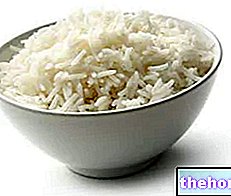
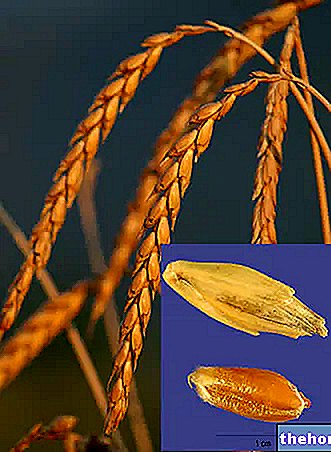
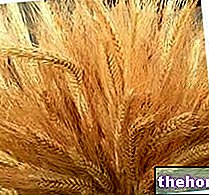
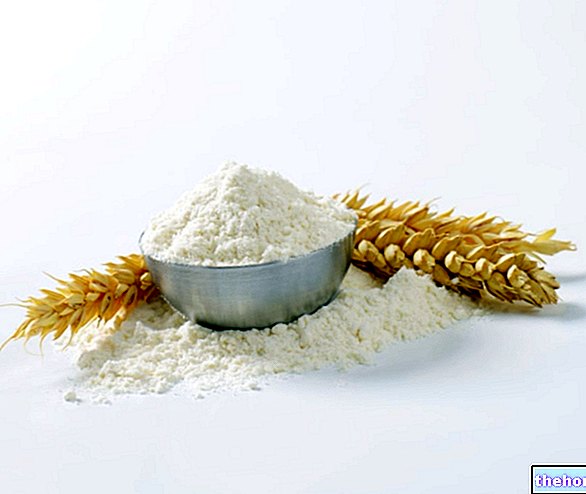
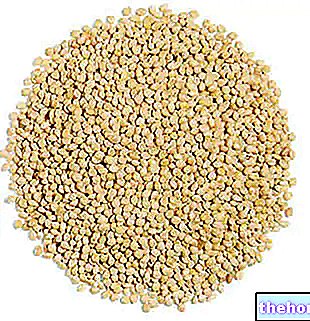
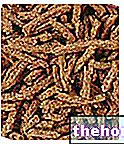









.jpg)











